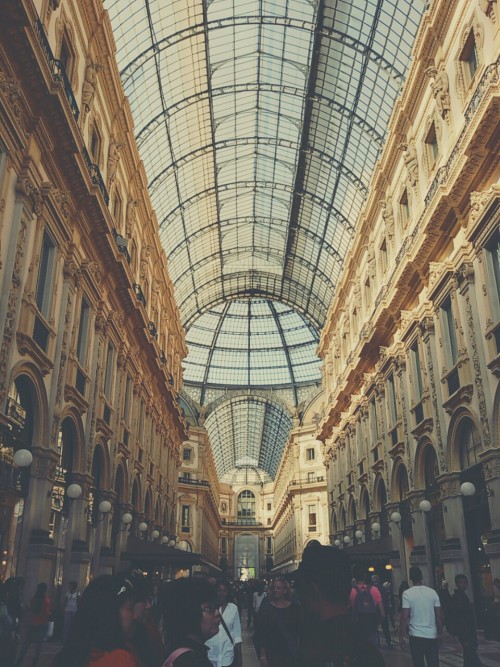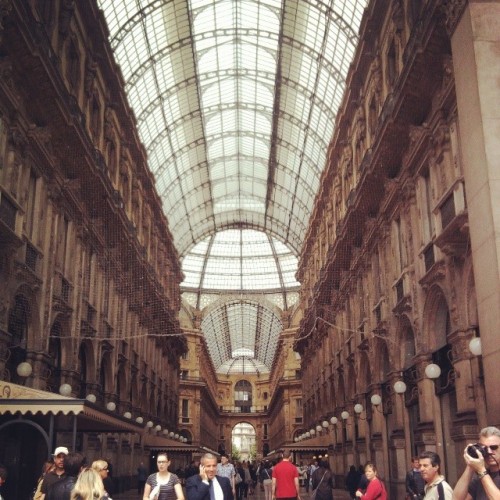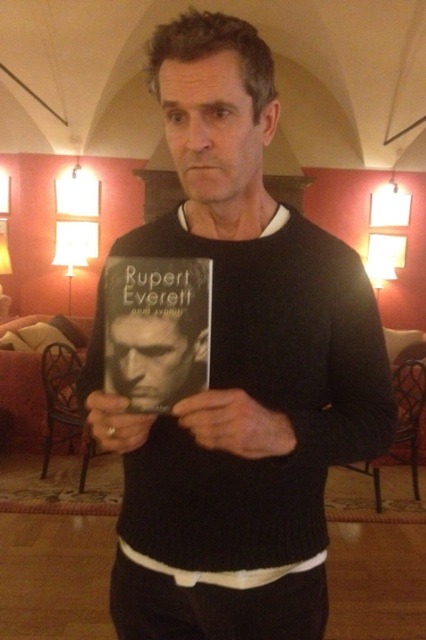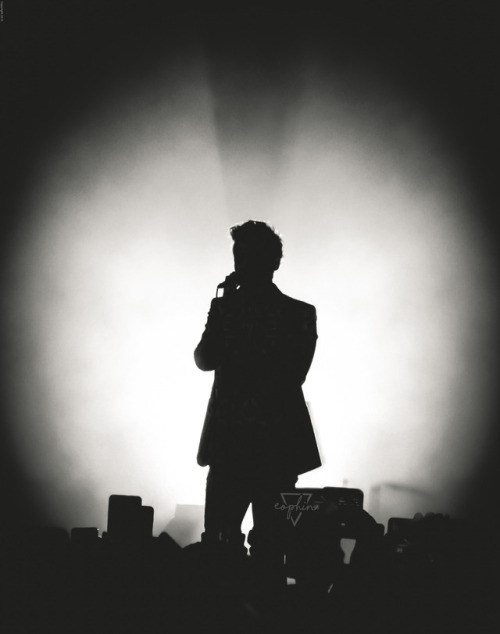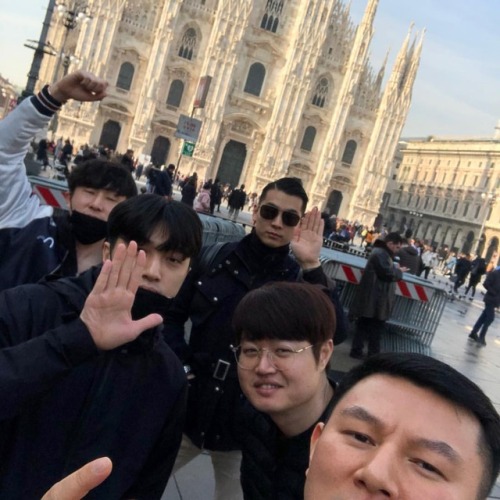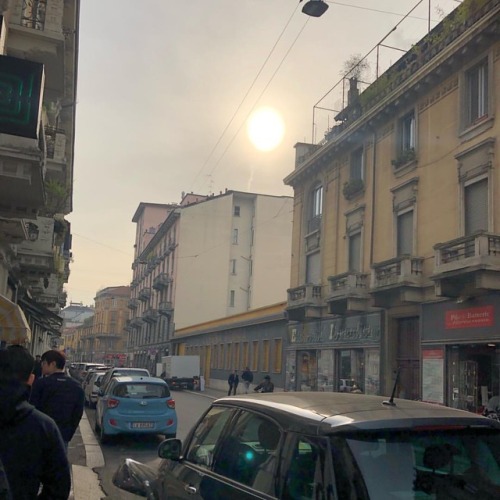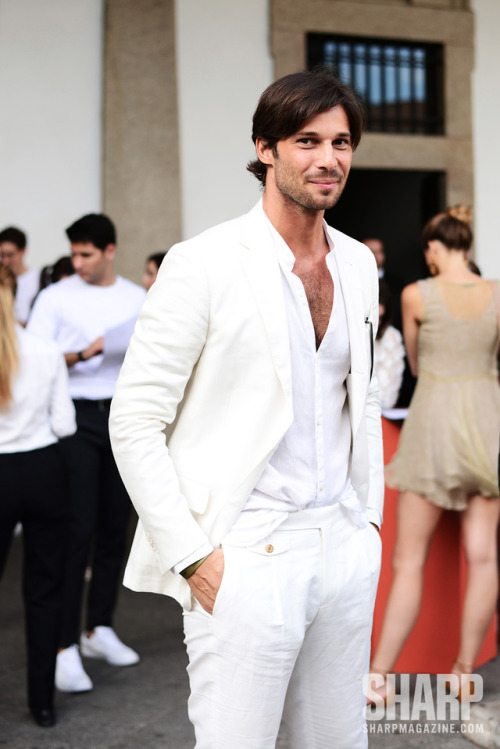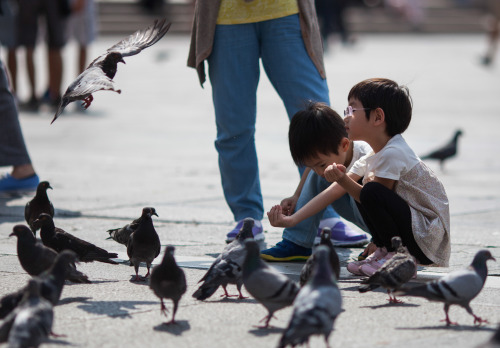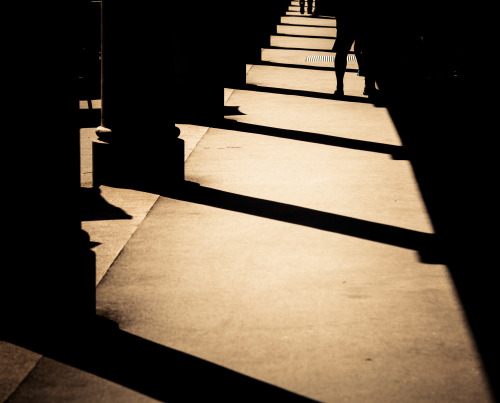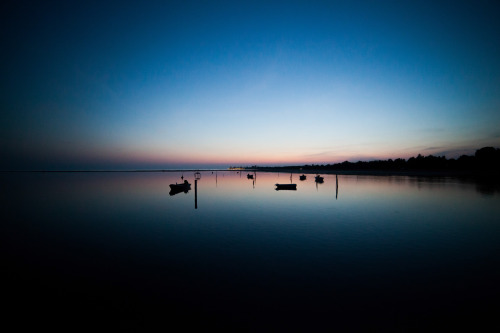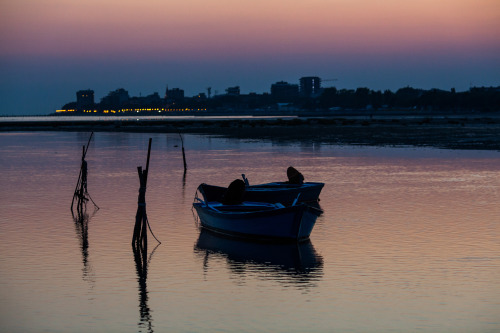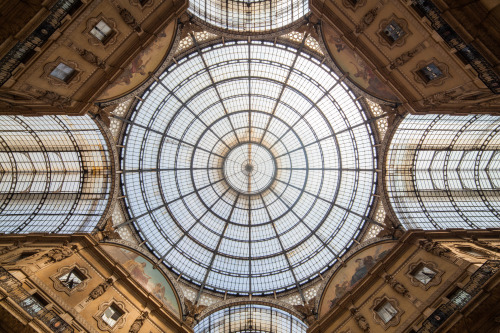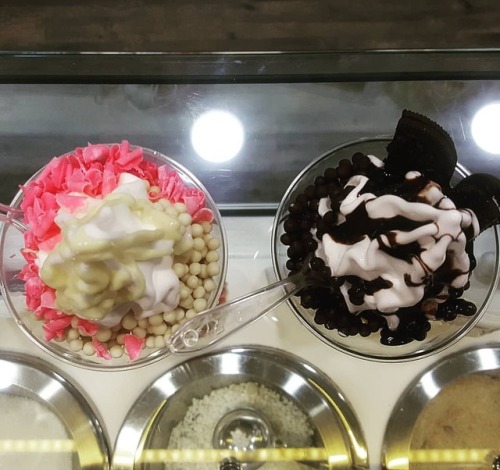#milano
‘Common Paths’ is up for grab now - Sunday 9th - exclusively on www.riptapparel.com - 24 hours / $10 only :)
Post link




Ignazio Gardella Via Feltre Milano 1950/1957


#allestimento #mostra #canova @gam_milano (presso Villa Reale di Milano)
Giuseppe Fantasia
Incontri d'autore
Pubblicato: 12/12/2013 13:51
Delle volte, avere un Tramadol tra le mani, può esserti di aiuto per farti scrivere un libro.
Ne sa qualcosa l'attore britannico Rupert Everett che anni fa, mentre si trovava a Ocho Rios in Giamaica seduto su una panchina di un parco abbandonato, decise di offrire quel famaco a due donne “di età indefinita e un po’ tamarre” che parlavano sulla difficoltà di reperire alcune medicine senza avere una ricetta.
Una di loro era Anita Pallenberg, storica ex di Keith Richards,“un Buddha biondo, aperta e sconsiderata, tenera e spiritosa”, famosa soprattutto per le sue prestazioni sessuali in macchina, come racconta lo stesso Richards nella sua autobiografia.
Da quel momento Anita divenne per Everett il suo idolo e l'ispirazione di questo suo secondo libro, una nuova autobiografia che segue alla prima, Bucce di Banana (bestseller internazionale edito in Italia da Sperling & Kupfer) in cui già ci parlava di sé in maniera ironica e scanzonata, con uno stile divertente e coinvolgente, ma è in Anni Svaniti che lo fa in maniera più profonda e personale.
Se nel precedente ci aveva lasciati nel 2001, in fuga dall'America in procinto di imbarcarsi su un aereo per San Paolo, qui torna indietro agli anni del suo passato, ricordando ad esempio l'infanzia nel Norfolk nel paesino bagnato dal Mare del Nord dove è nato (e dove sono ambientate anche alcune scene del film Shakespeare in love, da lui interpretato).
Ricorda i suoi genitori, in particolar modo suo padre di cui nel libro ci sono diverse foto, tra cui una molto bella scattata proprio da Everett che lo ritrae di spalle, a cavallo, su un sentiero dell'Himalaya. Molto commovente il ricordo della nonna - una donna “che era l'Impero sotto assedio, piccola, ordinata e aristocratica”- e delle loro lunghe chiacchierate insieme che continuano in qualche modo anche oggi che lei non c'è più.
“Eri un bambino molto solitario e molto tranquillo, giocavi sempre solo e odiavi le feste di compleanno e ora leggo su Hello! che sei l'anima di ogni festa!”, gli disse la nonna. “Ma, si sa, (la risposta di lui),che la vita cambia le persone”.
Ci racconta dei suoi amici e dei suoi affetti e della loro scomparsa, del mondo dello spettacolo e dei suoi protagonisti, di ieri e di oggi, e delle tante esperienze positive e negative, come la sua partecipazione ad un reality show che ancora non riesce a perdonarsi.
Everett è un maestro nel coinvolgimento: riviviamo con lui i suoi ricordi, dolorosi e piacevoli, e partecipiamo alle sue sconfitte come alle sue tante vittorie.
Ci fa viaggiare da una parte all'altra del Globo, tra alberghi di lusso, jet set, red carpet, vacanze al mare o in montagna, tra paparazzi, amici veri o presunti ed amori senza nome di cui gli è rimasto, in alcuni casi, solo un vago ricordo.
Quando parla male di qualcuno, non usa certo mezzi termini, ma parole al vetriolo.
Il regista Richard Curtis(Notting Hill,Love Actually)“è per la Gran Bretagna di Blair ciò che Leni Riefensthal fu per la Germania di Hitler” e la sua ex amica Madonna oggi non deve far altro che “lanciare una nuova religione è l'unica cosa che resta quando uno dalla vita ha avuto tutto: diventare Dio”.
Ricorda anche quando non fu capito da un giornalista che nell'intervista scrisse che secondo Rupert Everett Michael Jackson era un “freak”, un fenomeno da baraccone. Una dichiarazione che gli costò cara, tanto da ricevere minacce di morte mentre recitava a teatro a Londra. Reagì, come sempre, con la sua inconfondibile ironia:
“L'idea di essere ammazzato a colpi di pistola durante una replica di Spirito Allegro è, naturalmente, elettrizzante”.
‘Anni svaniti’ è un diario personale davvero particolare, un libro ricco di humour anche nei ricordi dei momenti più tragici, impossibile da non amare.
Il libro è stato presentato in anteprima a Milano, nell'ambito della seconda edizione diBookCity, nel corso della quale Everett, più energico che mai, ha anche dichiarato che realizzerà presto un filmsuOscar Wilde, ponendo una particolare attenzione agli ultimi anni della sua vita, eremita a Parigi, senza un soldo, senza un tetto e senza un amico. Basti pensare che fu sepolto al cimitero di Père Lachaise in una tomba (monumentale) fatta costruire appositamente da una nobile inglese, sua grande fan. Sono sicuro che Everett, con il suo film, saprà rendergli giustizia.
Fonte:
Post link

Milan
_mylittleworld







Fondazione Prada

Duomo
Galleria Carla Sozzani, Milano
11.06.2015 - 01.11.2015

© Maggiorino Gramaglia, Spettralizzazione dell'Io, 1931, Museo Nazionale del Cinema, Torino, courtesy Galleria Carla Sozzani, Milano
On the occasion of its twenty-fifth anniversary, the Carla Sozzani Gallery presents “Fotografia Futurista” curated by Giovanni Lista. The exhibition explores, through the arc of half a century, the way in which the futurists took possession of the photographic language as a medium to capture the pulse of life in this new century, and to transmute “natural” reality into a process of active creation and evolution.
Over one hundred original photographs from both private collections and National Trusts: Archivio Francesco Trombadori, Rome; Collezione Giorgio Grillo, Florence; Fondazione 3M, Milan; Fondazione Torino Musei, Turin; Fondo Francesco Negri, Casale Monferrato; Fondo Italo Bertoglio, Turin; Foto Studio Pedrotti, Bolzano; Gabinetto Fotografico Nazionale, Rome (ICCD-MiBACT); Galleria Civica di Modena, MART – Museo di Arte Moderna e Contemporanea di Trento e Rovereto; Museo Nazionale del Cinema di Torino; Raccolte Museali Fratelli Alinari (RMFA), Florence; Touring Club Italiano, Milan.
Divided into four sections, from the destruction of the mimicry of nature, to the innovative research of the Twenties and Thirties, the exhibition "Futurist Photography” includes the formalized photodynamism of the Bragaglia’ brothers, many portraits of Depero, photomontages by Tato, and even photo-performance. In tune with the best European avant-garde revolutions, futurist works explored liberal and eccentric tastes, the hyperbole of grand visions and ideas well outside of the canons of bourgeois society.

© Fortunato Depero, (on the left) ‘Autoritratto con sigaretta’, 1915, photo performance, graphic intervention; (on the right) Autoritratto con pugno, Roma 1915, foto performance Mart, Archivio del 900, Fondo Fortunato Depero, courtesy Galleria Carla Sozzani, Milano
The first section documents the early years. The Twentieth century exposed the illusion of the “natural” images, presenting them as the artifical creations they were. Images no longer reflected nature, but were built in the studio: even the so-called “spiritualist photos” were very often deliberately ironic and openly displayed for amusement. Futurists doubled or split images to capture a sequence, to freeze movement. This formal scanning highlighted the functional reality and placed the focus on the abstract rhythm of light or lines. Multiple portraits were done within a mirrored room or as photomontage with a fantastical or humorous view; a view that Umberto Boccioni immediately saw as an image of the ontological multiplicity of the being which will be reflected in Luigi Pirandello’ s complex novels some time later.
The second section is devoted to the most significant contribution of futurism to the history of photography: the invention of the “Fotodinamismo”, or the photograph of movement as energy in place. The brothers Anton Giulio and Arturo Bragaglia explored the capacity to fix a sudden gesture in terms of pure energy that transcended the body. The Bragaglia brothers sensed the opportunity to capture the light trail drawn by a moving body as a deep verification of a spiritual reality and as the manifestation of the life force that inhabits matter.

© Fratelli Bragaglia, Giovane che si dondola, photodynamic portrait, 1912, Fondazione Primo Conti, Fiesole, Fondo Sanminiatelli, Corrispondenza Bragaglia Sanminiatelli, courtesy Galleria Carla Sozzani, Milano

© Gustavo Bonaventura, Photodynamic portrait of Anton Giulio Bragaglia, 1913, private collection, courtesy Galleria Carla Sozzani, Milano
The photographic portrait is represented in the third section as a vehicle for futurist communication but also as a chance to re-invent the emblematic image of themselves as avant-garde artists. Compensating for the passive recording of reality by the mechanical process of the camera, some futurists invented the photo-performance in which they delivered histrionic or clownlike self-mocking images of themselves.
The fourth section is devoted to the research of the Twenties and Thirties. At this time the Futurists completely agreed with the best European avant-garde ideas and acted as a visual and intellectual irritant to the growing “fascist culture”. The photomontage, the photo-collage, the composition of objects, the play of light and the use of mirrors, the theater of shadows, the esoteric symbologies, all the mysterious and allusive images and paradoxical ideas were clearly outside of the Fascist regime’s iconography.

© (from the left): Italo Bertoglio, Gasometro, 1932, Fondo Italo Bertoglio, Torino; Elio Luxardo, Scarpa,1940, Archivio Fotografico Fondazione 3M, Milano; Piero Boccardi, Dalla luce alle tenebre, 1931, fotomontaggio, Coll Giorgio Grillo, Firenze, courtesy Galleria Carla Sozzani, Milano

© Italo Bertoglio, Velocita, 1930, Fondo Italo Bertoglio, Torino, courtesy Galleria Carla Sozzani, Milano
On show the selected photos from thirty-one authors from the early Twentieth century until the end of the Forties: Vittorio Alinari (Florence, 1859/Livorno, 1932); Mario Bellusi (Ferrara, 1893/Rome,1955); Francesco Benvenuti (Florence, 1863/Viareggio, 1919); Italo Bertoglio (Turin, 1871/1963), Piero Luigi Boccardi (Intra, 1890/Turin, 1971); Umberto Boccioni (Reggio di Calabria,1882/Verona, 1916); Gustavo Ettore Bonaventura (Verona, 1882/Rome, 1966); Anton Giulio Bragaglia (Frosinone, 1890/Rome, 1962) e Arturo Bragaglia (Frosinone, 1893/Rome, 1962); Mario Castagneri (Alexandria, 1892/ Milan, 1940); Gianni Croce (Lodi, 1896/Piacenza, 1981); Tito D’Alessandri (Rome, 1864/1942); Ferruccio Antonio Demanins (Trieste, 1903/1944); Fortunato Depero (Fondo, 1892/Rovereto, 1960); Mario Gabinio (Turin, 1871/1938); Maggiorino Gramaglia (Turin, 1895/1971); Giovanni Giuseppe Guarnieri (Locorotondo, 1892/Mendoza, 1976); Emanuele Lomiry (Ancona, 1902/Rome, 1988); Elio Luxardo (Sorocaba, 1908/Milan,1969); Carlo Maiorana; Filippo Masoero (Milan, 1894/Rome, 1969); Bruno Munari (Badia, 1907/ Milan, 1998); Francesco Negri (Tromello in Lomellina, 1841/Casale Monferrato, 1924); Mario Nunes Vais (Florence 1856/1932); Ivo Pacetti (Figline 1901/Albissola, 1970); Giulio Parisio (Naples, 1891/1967); Enrico Pedrotti (Trento, 1905/Bolzano, 1965); Guido Pellegrini (Milan, 1886/1955); Tato alias Guglielmo Sansoni (Bologna, 1896/Rome, 1974); Thayaht alias Ernesto Michahelles (Florence, 1893/Marina di Pietrasanta, 1959; Enrico Unterveger (Trento, 1876/1959); Wanda Wulz (Trieste, 1903/1984).
The exhibition catalogue, “Fotografia Futurista” curated by Giovanni Lista and published by Carla Sozzani Editore, will brought together the photographic research and the new visual codes enabling to better understand the Futurists and their enduring influence.
Vuoi pure i meme Bettino vuoi pure i meme vuoi pure i meme?
#craxi #ilmago #meme #primarepubblica #tangentopoli #manipulite #1992 #1993 #daunideadistefanoaccorsi #socialisti #psi #pioalbergotrivulzio #milano #dipietro #socialismo #hipdem
Post link
Wow!!!
.
.
#duomo #duomomilano #milano #italy (Duomo di Milano - Milan Cathedral에서)
https://www.instagram.com/p/BtssFcdDqU2/?utm_source=ig_tumblr_share&igshid=rohz4f4qj2d7
Post link
Milan First day…
.
.
#tattooconvention #tattoo #milano #italy #문신 #타투 #타투컨벤션 (Mico Milano Convention Centre에서)
https://www.instagram.com/p/BtoucJeDuCh/?utm_source=ig_tumblr_share&igshid=1wfeh5nyzjonm
Post link
In milano!
.
.
#milano #italy
https://www.instagram.com/p/Btk3lUzDcIZ/?utm_source=ig_tumblr_share&igshid=1ewb50up46dv4
Post link
I often start my arguments with an outlandish statement:
While traveling, reading books is counterproductive.
To convince my listener/whoever is in the passenger’s seat, I quickly elaborate so as not to lose his or her attention completely:
When I travel, I am in a new place, or at least a place where I am often not. This place is not my job, and it is not my house. The sights, sounds, food and people are different. Essentially, everything is new, even if I have been there before. (“No man ever steps in the same river twice.”) In this place where I rarely am, my brain is fruitful and the thoughts come fast. I observe new people, and I observe myself in a new setting. Why would I want to transport myself, via a piece of fiction, out of this new setting? I have so many thoughts, thoughts that only come in this new place, and only limited time to enjoy it. I don’t need a book; all I need is a notebook.
I give my words time to sink in, and I wait for an affirmative, or at least contemplative, “Hmm.” I proceed:
If I’m traveling in Italy, why would I want to read about pre-war Paris? Or a dystopian society? Or a man looking for a whale?
“But what about the plane ride?” she says. “That’s a long plane ride.”
She is right. So I listed exceptions to my rule, which then turned into the advice, What to read while traveling:
- Books that are geographically neutral, like philosophy and cultural theory.
- Books about the place you’re visiting, so you can learn more about it.
- Stories that take place in the same place you’re going to.
- Poetry, because it’s often insightful and ambiguous in location.
Whento read is more subjective, but it could follow similar guidelines. Like, you shouldn’t read at any time there is daylight, because during the day you should be out and about. And if you are back in your hotel room, it should be only to shower or nap. At night time you should be out eating, taking a stroll, or enjoying the nightlife. So basically that leaves no time during the night.
I did mention Heraclitus’ line “No man ever steps in the same river twice,” which you could interpret as happening every day, or even break it down to every moment. But when you travel, you are in a place so physically far removed from where you normally are, even if that place is somewhere you’ve already been, that the experience is significantly different than any weekday or weekend routine. For me, new places really get my noggin going.
I’ve come this far, and now I have to think about which book to bring, if any. I’ve narrowed it down to:
Basic Writings of Existentialism (Modern Library Classics, compiled by Gordon Marino)

The Charterhouse of Parma by Stendhal (it takes place near where I’ll be, which is where I experienced Stendhal syndrome at the tender age of seven)

Io, Ibra (which translates to I, Ibra) an autobiography by AC Milan’s Zlatan Ibrahimovic. I plan on buying this abroad, since it’s not in print in the U.S.

/ / /
Some bookstores for Americans in Italy:
- Paperback Exchange Bookstore by the Duomo in Florence
- Panton’s English Bookshop near the Castello Sforzesco in Milan. Panton’s Facebook page posts really interesting books: https://www.facebook.com/pantonbooks
- Hoepli in Milan (a six-storey bookstore, it’s a trip:)

/ / /
My current notebook of choice:
The Leuchtturm Medium Notebook (which is 5.2 x 8.2 inches. I like unruled, since I live my life without rules, man.)


One month one photo
October 2021 | (Milan - Italy)

One month one photo
September 2021 | (Milan - Italy)
Black or white?
#frozenyogurt #italyfood #pornfood #IWantYo #coolfood #milano #food (presso I Want Yo)
Post link

